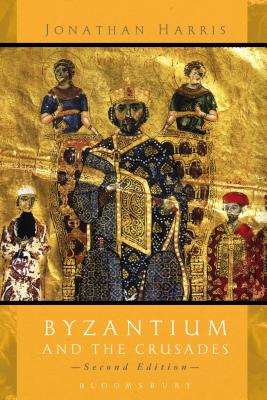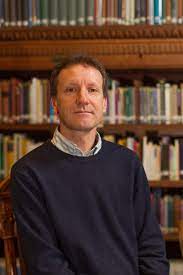

 Bloomsbury Academic
Bloomsbury Academic
Byzantium and the Crusades: Second Edition


Key Metrics
- Jonathan Harris
- Bloomsbury Academic
- Hardcover
- 9781780937670
- 9.3 X 6.1 X 0.9 inches
- 1.25 pounds
- History > Europe - Greece (see also Ancient - Greece)
- English
 Secure Transaction
Secure TransactionBook Description
This new edition of Byzantium and the Crusades provides a fully-revised and updated version of Jonathan Harris's landmark text in the field of Byzantine and crusader history.
The book offers a chronological exploration of Byzantium and the outlook of its rulers during the time of the Crusades. It argues that one of the main keys to Byzantine interaction with Western Europe, the Crusades and the crusader states can be found in the nature of the Byzantine Empire and the ideology which underpinned it, rather than in any generalised hostility between the peoples.
Taking recent scholarship into account, this new edition includes an updated notes section and bibliography, as well as significant new additions to the text:
- New material on the role of religious differences after 1100
- A detailed discussion of economic, social and religious changes that took place in 12th-century Byzantine relations with the west
- In-depth coverage of Byzantium and the Crusades during the 13th century
- New maps, illustrations, genealogical tables and a timeline of key dates
Byzantium and the Crusades is an important contribution to the historiography by a major scholar in the field that should be read by anyone interested in Byzantine and crusader history.
Author Bio
I teach Medieval History and offer a first-year introductory course in the topic called ‘Rome to Renaissance’. My research and second and third-year teaching focus on Byzantium (or the Byzantine empire). Effectively that means Eastern Europe in the period 602-1453 CE and the now vanished Christian state centred on the city of Constantinople (modern Istanbul). Byzantium is not well-known in this country but it is the origin of the Orthodox Christian culture of Russia, Greece and other eastern European countries.
I have always been interested in how Byzantium interacted with the world around it, both with its Christian neighbours to the west and Muslim ones to the east. I wrote my PhD on the refugees who left Constantinople when the city fell to the Ottoman Turks in 1453, the moment when Byzantium came to an end. Many of them headed west to Italy, France and even, in a few cases, to England. Later I became interested in the enigma of the Crusades. The First Crusade was launched by the Pope in 1095, partly with a view to helping the Byzantine emperor against the Seljuk Turks. Yet just over one hundred years later, the Fourth Crusade captured and sacked the Byzantine capital of Constantinople. I explored this paradox in Byzantium and the Crusades, which is now in its second edition.
The work of mine that has probably had the most impact is The Lost World of Byzantium. Published in 2015, it has since been translated into Chinese, Greek, Japanese, Romanian and Russian. It aims to be an accessible (and hopefully entertaining) first taste of this mysterious yet fascinating society. My latest publication is a textbook for university students: Introduction to Byzantium, 602–1453.
Source: Royal Holloway University of London
Videos
No Videos
Community reviews
Write a ReviewNo Community reviews